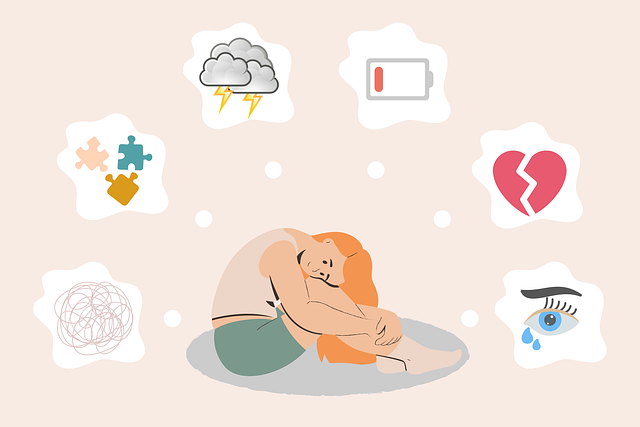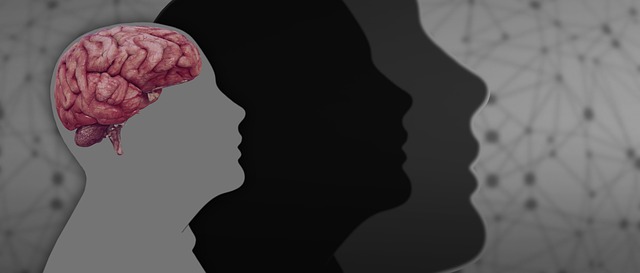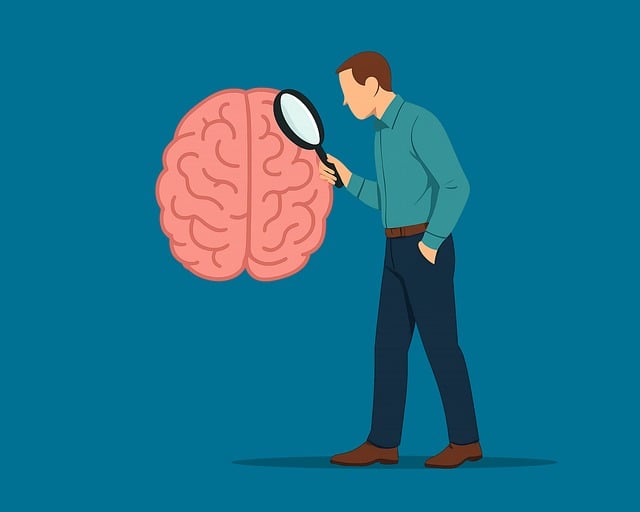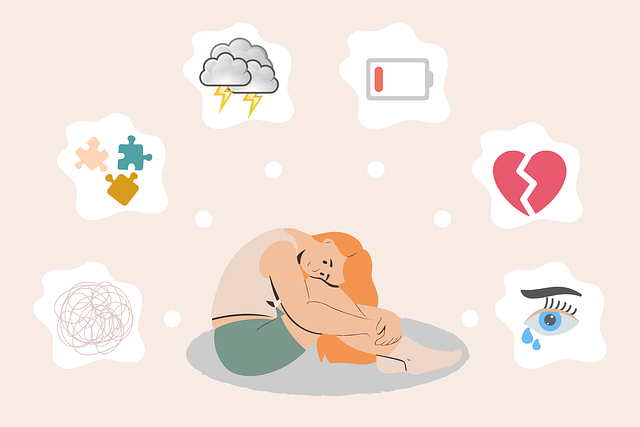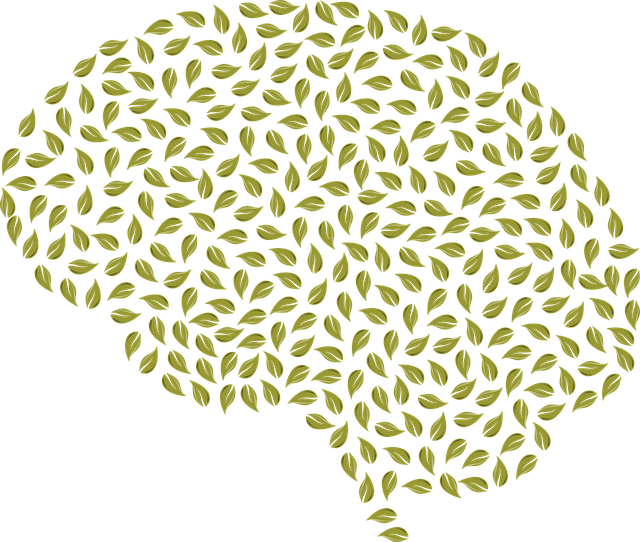Risk assessment and harm minimization are paramount in therapy for children, especially when using evidence-based methods like EMDR (Eye Movement Desensitization and Reprocessing). By combining risk assessment with compassion cultivation practices, therapists enhance mental health awareness. EMDR techniques help process traumatic memories, reducing emotional distress. Stress management workshops and mindfulness meditation benefit healthcare providers, improving therapeutic outcomes and caregiver well-being. A structured approach involving risk evaluation, trigger identification, and mitigation plans ensures a safe environment for vulnerable children, strengthening the therapeutic bond through holistic practices focused on therapy for children with EMDR certification.
Risk assessment and harm minimization are essential cornerstones of safe practice in therapy, especially for children. This comprehensive guide explores these critical concepts, focusing on EMDR (Eye Movement Desensitization and Reprocessing) as a certified approach to address traumatic memories effectively. We delve into understanding risk assessment, the unique role of harm minimization in child therapy, and provide practical steps for developing and implementing strategies that ensure the best outcomes for young clients, leveraging EMDR techniques from certified therapists.
- Understanding Risk Assessment: A Cornerstone of Safe Practice
- The Role of Harm Minimization in Child Therapy
- EMDR (Eye Movement Desensitization and Reprocessing): A Certified Approach
- Developing a Comprehensive Harm Minimization Plan
- Implementing and Monitoring Strategies for Effective Risk Management
Understanding Risk Assessment: A Cornerstone of Safe Practice

Risk assessment is a fundamental process in any therapeutic setting, especially when working with vulnerable populations like children. It involves meticulously evaluating potential hazards and their likelihood to cause harm, allowing therapists to implement effective strategies for harm minimization. For EMDR Certified therapists specializing in therapy for children, this practice is not just a protocol but a cornerstone of safe and compassionate practice.
By integrating Compassion Cultivation Practices into risk assessment routines, mental health awareness can be heightened, enabling professionals to anticipate and navigate potential triggers or unsafe situations. Moreover, organizing Stress Management Workshops within organizations can foster an environment where staff members, including therapists, learn practical tools for managing their own stress levels, thereby indirectly enhancing the safety of the therapeutic space.
The Role of Harm Minimization in Child Therapy

In child therapy, harm minimization plays a pivotal role in ensuring the safety and well-being of young clients. This approach is particularly crucial when dealing with traumatic experiences or complex emotional issues. Therapists employing techniques like Eye Movement Desensitization and Reprocessing (EMDR) Certified methods aim to help children process difficult memories and emotions effectively, thereby minimizing potential long-term harm. By combining EMDR with empathy building strategies and compassion cultivation practices, therapists foster a secure therapeutic environment that encourages emotional intelligence in children.
Empathy Building Strategies and Compassion Cultivation Practices are integral components of this process, allowing therapists to connect deeply with their young clients. Emotional Intelligence, nurtured through these interactions, equips children with the skills to understand and regulate their emotions, fostering resilience and healthy coping mechanisms. This holistic approach not only addresses immediate concerns but also empowers children to navigate future challenges with enhanced emotional awareness and strength.
EMDR (Eye Movement Desensitization and Reprocessing): A Certified Approach

EMDR (Eye Movement Desensitization and Reprocessing) is a certified therapy approach that has shown remarkable effectiveness in helping children process traumatic memories and reduce emotional distress. This technique involves guiding the child through bilateral stimulation, such as side-to-side eye movements or tactile taps, while they recall a distressing event. The goal is to help the child’s brain reprocess the memory, reducing its intensity and associated emotions. EMDR for children is particularly beneficial in cases where traditional talk therapy might not be as effective, offering a unique and powerful tool in the mental health education programs design.
As a certified approach, healthcare providers are equipped with specialized training to implement EMDR as part of their burnout prevention strategies. By integrating this method into their practice, therapists can address complex issues like post-traumatic stress disorder (PTSD) and other mental health concerns prevalent among children. Mental health awareness initiatives can greatly benefit from the inclusion of EMDR, ensuring that more individuals, especially younger ones, have access to evidence-based treatments for their emotional well-being.
Developing a Comprehensive Harm Minimization Plan

Developing a comprehensive harm minimization plan is an essential step in ensuring the well-being and safety of individuals within various settings, particularly when working with vulnerable populations such as children. This process involves careful assessment and strategic planning to anticipate potential risks and implement effective interventions. For therapists specializing in EMDR (Eye Movement Desensitization and Reprocessing) certified for therapy for children, creating a robust harm minimization strategy is crucial.
Such a plan should encompass diverse elements, including stress management techniques like mindfulness meditation, which can empower both the therapist and clients to cope with challenging situations. By integrating burnout prevention strategies for healthcare providers, therapists can maintain optimal performance and avoid emotional exhaustion. This holistic approach not only protects the therapeutic environment but also fosters healthier relationships and more effective interventions, ultimately enhancing the overall quality of care provided.
Implementing and Monitoring Strategies for Effective Risk Management

Implementing effective risk assessment strategies is paramount for healthcare providers, especially when working with vulnerable populations such as children. For professionals specializing in therapy for children, including those certified in EMDR (Eye Movement Desensitization and Reprocessing), a structured approach to risk management is essential. This involves meticulously evaluating potential risks, identifying triggers, and putting robust mitigation plans into action.
Monitoring these strategies on an ongoing basis ensures their continued effectiveness. By integrating communication strategies that foster open dialogue with young clients, healthcare providers can gather valuable insights about their experiences and any emerging issues. Moreover, providing children with coping skills development resources equips them to navigate challenges proactively, contributing to overall harm minimization. This holistic approach not only safeguards the well-being of the children in care but also strengthens the therapeutic bond between provider and client.
Risk assessment and harm minimization planning are indispensable components of safe and effective therapy for children. By understanding risk assessment, integrating harm minimization strategies like EMDR (Eye Movement Desensitization and Reprocessing), and developing comprehensive plans, mental health professionals can create a secure environment that fosters healing. For those seeking specialized support, certified EMDR therapy offers a proven approach to address complex traumas. Through diligent implementation and monitoring of risk management strategies, therapists ensure the highest standards of care, promoting positive outcomes for young clients.
